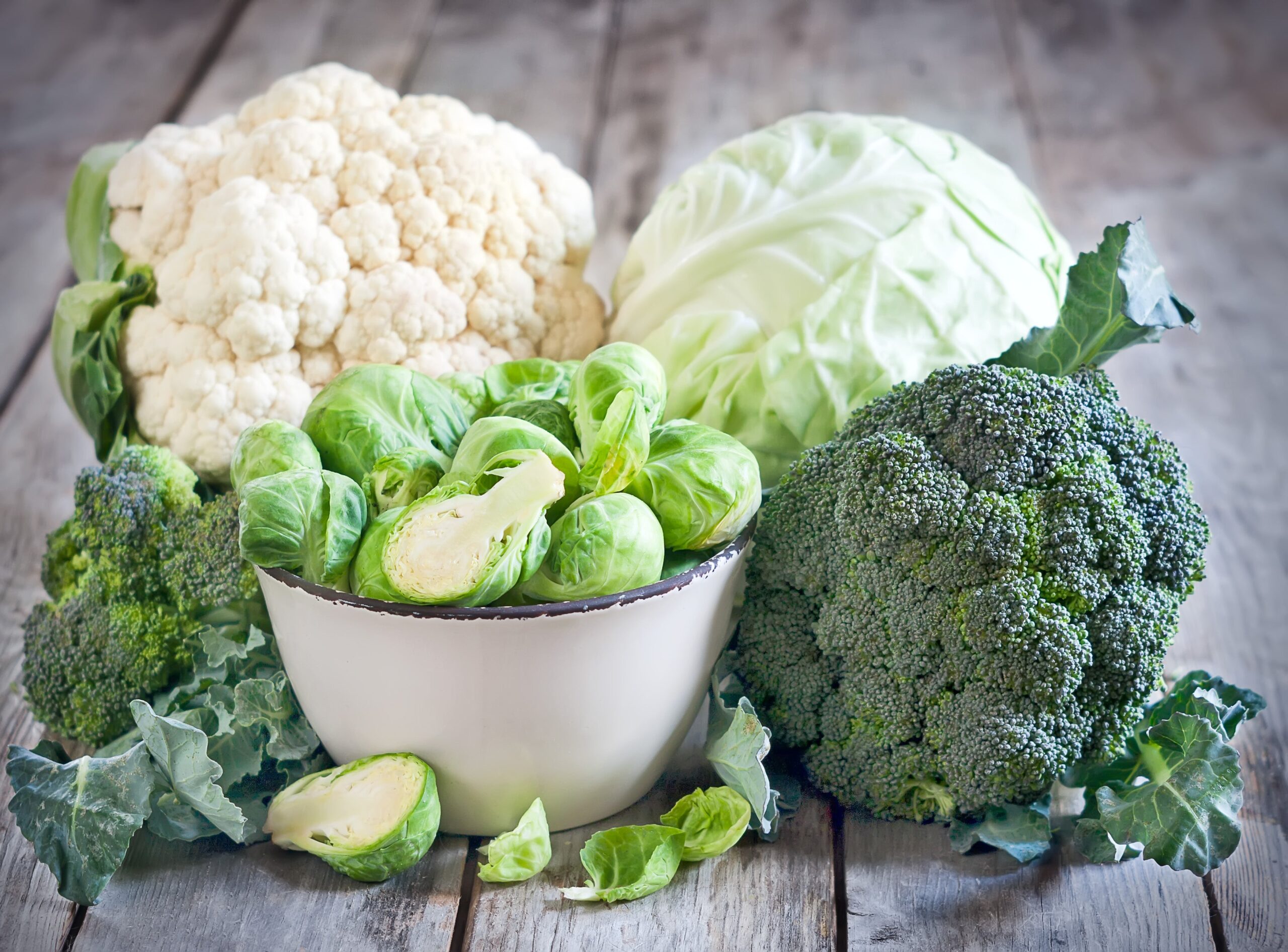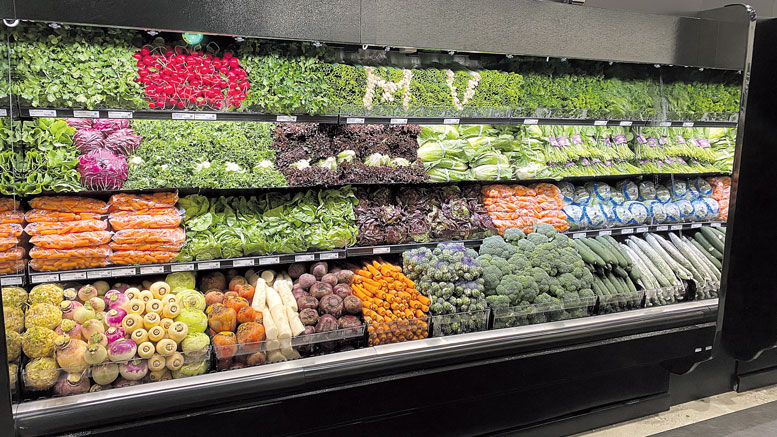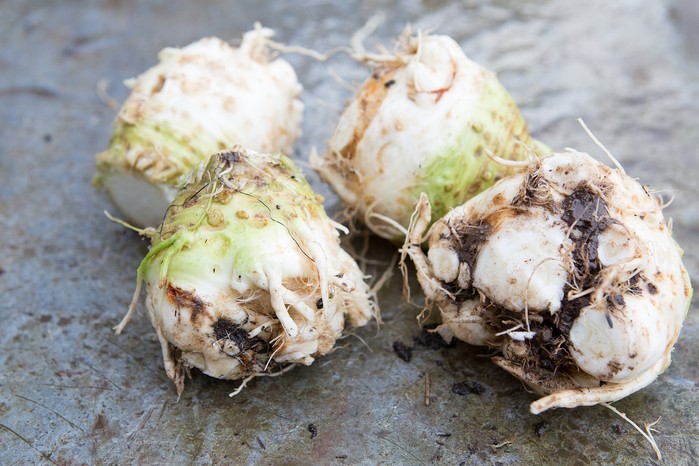Why Freezing Your Harvest Is a Wintertime Game-Changer

As temperatures drop, nothing compares to the joy of enjoying your own garden’s bounty straight from the freezer. Freezing is one of the easiest and most reliable methods to capture the vibrant flavors of summer and autumn crops, ensuring your winter meals stay rich and satisfying. Unlike canning or drying, freezing locks in the majority of nutrients, preserves texture, and maintains that fresh-picked taste.
Curious about which vegetables freeze best? This guide highlights the top picks, explains how to prepare them for freezing, and shows why they’re perfect for keeping your winter dishes both tasty and nutritious.
Why Choose Freezing?
- Nutrient Retention: Freezing keeps most vitamins and minerals intact, outperforming many other preservation techniques.
- Time-Saving Convenience: Frozen fruits and veggies are prepped and ready, making meal prep quicker on busy winter evenings.
- Flexible Options: Freeze single veggies, mixed blends, or even pre-cooked meals.
- Less Food Waste: Extend the life of your harvest and reduce spoilage by freezing what you can’t use fresh.
The secret lies in selecting crops that freeze well and preparing them correctly for long-lasting storage.
Top Vegetables to Freeze for Winter Cooking

-
Carrots
- Preparation: Clean, peel, and slice or cut into sticks. Blanch in boiling water for 2–3 minutes, then plunge into ice water to cool. Drain and pack into freezer-safe containers.
- Winter Uses: Ideal for soups, stews, stir-fries, and roasted vegetable medleys.
-
Broccoli and Cauliflower
- Preparation: Separate into florets. Blanch broccoli for 3 minutes and cauliflower for 4 minutes. Cool in ice water, drain, and freeze.
- Winter Uses: Perfect for casseroles, creamy soups, or quick side dishes.
-
Green Beans
- Preparation: Trim ends and cut into bite-sized pieces. Blanch for 3 minutes, cool, then freeze in a single layer.
- Winter Uses: Great steamed, in stir-fries, or added to hearty soups.
-
Peas
- Preparation: Shell fresh peas, blanch for 1–2 minutes, cool, drain, and freeze in single layers before bagging.
- Winter Uses: Excellent in risottos, curries, and pot pies.
-
Spinach and Kale
- Preparation: Wash thoroughly and remove stems. Blanch spinach for 2 minutes and kale for 3 minutes. Squeeze out excess moisture and freeze in portions.
- Winter Uses: Best for smoothies, soups, pasta dishes, and quiches, as texture softens after freezing.
-
Bell Peppers
- Preparation: Simply wash, deseed, and slice or dice—no blanching needed.
Vegetables to Freeze for Winter
- Spread vegetables in a single layer on a baking sheet and freeze until firm before transferring them to storage bags.
Sweet Corn
- Corn retains its taste remarkably well after freezing.
- Preparation: Blanch whole ears for 4 minutes, then cut kernels off the cob and freeze. Alternatively, freeze whole cobs.
- Ideal for winter dishes like chowders, casseroles, and side dishes.
Zucchini and Summer Squash
- Despite their high water content, zucchini and summer squash freeze well when shredded or sliced.
- Preparation: Shred for baking recipes such as zucchini bread, or slice for cooking. Blanch slices for 2–3 minutes before freezing. Shredded zucchini can be frozen raw but drain excess moisture after thawing.
- Perfect for soups, muffins, breads, and pasta meals during winter.
Onions
- Onions freeze effectively without blanching, though they may lose some crunch.
- Preparation: Peel and chop or slice as preferred. Freeze in a single layer on a tray before transferring to bags.
- Great for soups, sauces, stir-fries, and slow-cooker recipes.
Potatoes
- Potatoes require par-cooking before freezing due to their starch content.
- Preparation: Wash, peel, and cut into cubes, fries, or wedges. Blanch for 3–5 minutes depending on size. Freeze in a single layer before bagging.
- Best used in hash browns, soups, shepherd’s pie, and roasted side dishes.
Fruits to Freeze for Winter
Berries (Strawberries, Blueberries, Raspberries, Blackberries)
- Berries are among the simplest fruits to freeze and maintain their flavor excellently.
- Preparation: Wash and dry thoroughly. Freeze in a single layer on a baking sheet until solid, then transfer to bags.
- Use in smoothies, oatmeal toppings, cobblers, and jams.
Apples
- Whole apples don’t freeze well, but slices or purees do.
- Preparation: Peel, core, and slice apples. Dip in lemon water to prevent browning. Freeze slices individually or as applesauce.
- Ideal for pies, crisps, sauces, and baked goods.
Stone Fruits (Peaches, Plums, Apricots)
- Best frozen when sliced and pitted.
- Preparation: Slice and remove pits. Toss with lemon juice or sugar to preserve flavor. Freeze on trays before bagging.
- Great for smoothies, desserts, compotes, and syrups.
Grapes
- Frozen grapes make a healthy snack and can be used in recipes.
- Preparation: Wash, dry, and freeze whole grapes in a single layer.
- Perfect as snacks, in smoothies, or as ice cube substitutes in drinks.
Bananas
- Bananas freeze well when peeled and stored properly.
- Preparation: Peel and freeze whole, halved, or sliced. Alternatively, mash and freeze in portions for baking.
- Use in smoothies, banana bread, and pancakes.
Freezing Tips
- Blanching is Essential: For most vegetables, blanching halts enzyme activity that causes spoilage, helping to maintain color, texture, and nutrients.
Tips for Freezing Your Harvest
- Choose Freezer-Friendly Containers – Use airtight bags or sealed containers to shield your produce from freezer burn.
- Label Clearly – Mark each package with the crop name and freezing date to monitor freshness easily.
- Portion Wisely – Freeze in small batches so you can thaw just the amount you need without waste.
- Skip Refreezing – Avoid freezing thawed items again, as it can degrade texture and flavor.
Creating Comforting Winter Dishes with Frozen Produce
Having a stash of frozen fruits and vegetables simplifies meal prep during cold months. Try these ideas:
- Robust Vegetable Soup – Combine carrots, peas, corn, and potatoes in a savory broth.
- Stir-Fried Vegetables with Rice – Toss peppers, onions, broccoli, and beans in a quick sauté.
- Refreshing Fruit Smoothies – Blend frozen berries, bananas, and spinach for a nutritious boost.
- Hearty Casseroles – Layer frozen veggies with cheese and grains for a warming dish.
- Seasonal Desserts – Bake frozen apples or peaches into delicious crumbles and pies.
Final Thoughts
Freezing your garden’s harvest is a simple, effective way to savor its flavors well beyond the growing season. By selecting the right produce, preparing it properly, and storing it with care, you ensure a supply of tasty, wholesome meals throughout winter. From nourishing soups brimming with vegetables to sweet fruit desserts, your freezer becomes a treasure trove of seasonal goodness. This winter, let your frozen harvest bring the warmth and taste of summer into your kitchen until spring arrives.
Why Freeze Crops?
- Preserves nutrients better than canning or drying
- Convenient and quick to use in winter meals
- Versatile: freeze single crops, mixes, or meals
- Reduces waste by extending shelf life
Top Vegetables to Freeze
- Carrots: blanch 2–3 min; great for soups, stews
- Broccoli & Cauliflower: blanch 3–4 min; use in casseroles, soups
- Green Beans: blanch 3 min; ideal for sides, stir-fries
- Peas: blanch 1–2 min; perfect for risottos, curries
- Spinach & Kale: blanch 2–3 min; best for cooked dishes
- Bell Peppers: no blanching; good for stir-fries, chili
- Sweet Corn: blanch 4 min; use in chowders, casseroles
- Zucchini & Summer Squash: blanch slices 2–3 min or freeze shredded raw; for soups, breads
- Onions: no blanching; use in soups, sauces
- Potatoes: par-cook and blanch 3–5 min; great for hash browns, pies
Top Fruits to Freeze
- Berries: freeze individually; use in smoothies, jams
- Apples: slice and dip in lemon water; good for pies, sauces
- Stone Fruits: slice, toss in lemon or sugar; for desserts, compotes
- Grapes: freeze whole; healthy snacks or drink additions
- Bananas: peel and freeze whole or mashed; for smoothies, baking
Freezing Tips
- Blanch vegetables to stop spoilage enzymes
- Use airtight packaging to prevent freezer burn
- Label with name and date
- Freeze in small portions for easy thawing
- Avoid refreezing to maintain quality
Winter Meal Ideas
- Vegetable soups with carrots, peas, corn, potatoes
- Stir-fries with peppers, onions, broccoli, beans
- Fruit smoothies with berries, bananas, spinach
- Casseroles layering frozen veggies and cheese
- Desserts using frozen apples or peaches
Final Thought
Freezing crops preserves summer and fall harvests’ flavor and nutrition, making winter meals hearty and fresh. Your freezer can be a year-round source of garden goodness, helping you enjoy seasonal eating even in cold months.
